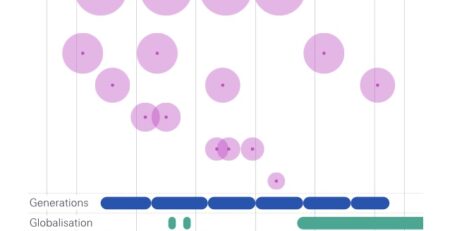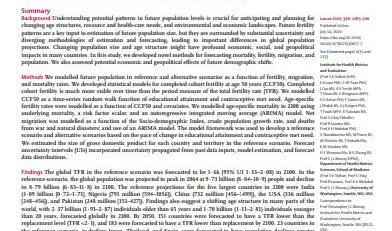Long-Run Biological Interest Rate for Pay-as-You-Go Pensions in Advanced and Developing Countries
By Masahiro Nozaki (International Monetary Fund)
How much of an internal rate of return would a sustainable pay-as-you-go pension system offer current and future generations equally? The answer is the sum of the Long-Run Biological Interest Rates (LBIR), the real-world equivalent of Samuelson’s (1958) biological interest rate, and future productivity growth. Reflecting global population ageing, the median LBIR across 172 countries is as low as 1 percent per year. The LBIRs are particularly low in advanced countries, estimated to be negative in many of them, and require ample financial reserves today or future productivity growth to maintain participation in pension schemes. On the other hand, the LBIRs in less developed regions, such as in sub-Saharan Africa, are relatively high, indicating a potential to use a pay-as-you-go scheme to expand the coverage of public pensions. Raising the retirement age by five years brings up the LBIR by 40 basis points, significantly improving the long-run budget constraint of a pension scheme.
Full Content: SSRN










